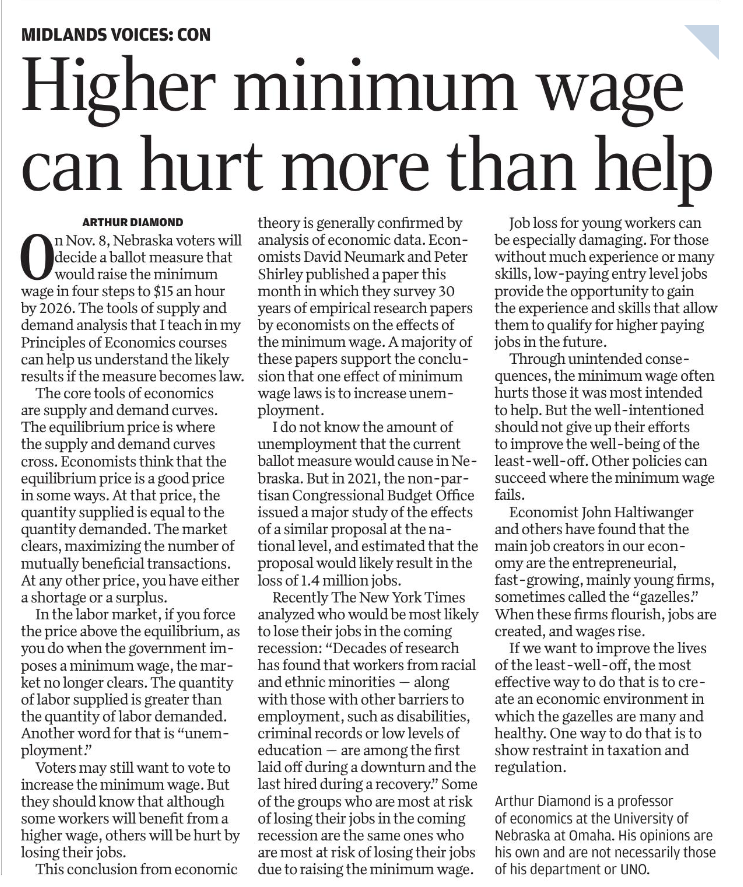(p. A4) As growers in more established wine-producing areas of Europe and elsewhere in the world battle unpredictable, extreme weather, including scorching heat waves, Israelis have found themselves at the vanguard of dry-weather wine production, testing approaches that might soon find more global application.
And the work is being done in the Negev, home to hundreds of technology start-ups and a futuristic solar tower — and long a laboratory for experimentation in Israel.
“It is in the Negev that the creativity and pioneering vigor of Israel shall be tested,” read an inscription on the cafe’s wall — an iconic quote from David Ben-Gurion, Israel’s founding prime minister, who lived out his last years about 50 yards away, in an austere wooden cabin.
. . .
“To succeed in the Negev, you have to be bold and experiment,” said David Pinto, a vintner who planted his family plot with vines about three years ago.
. . .
With some 325 days of sunshine and little annual rainfall, the desert vines depend on drip irrigation, an innovation developed by another Negev collective in the 1960s that allows the farmer to tightly control the amount of water.
Desert vineyards also come with some natural advantages.
At night the temperatures drop steeply, even in midsummer, benefiting the vines. With low humidity, the Negev vines are exposed to few pests and fungi and require little pesticide spraying, making much of the wine production close to organic.
While artificial irrigation is frowned upon in traditional winegrowing regions in Europe, and is even banned in some locales, it may become more of a necessity.
And in a global wine industry that must adapt to climate change, Israel could be a role model, said Aaron Fait, an expert in desert research and agriculture at Ben-Gurion University of the Negev.
For the full story, see:
(Note: ellipses added.)
(Note: the online version of the story has the same date as the print version, and has the title “Desert Winemaking ‘Sounds Absurd,’ but Israeli Vineyards in Negev Show the Way.”)


